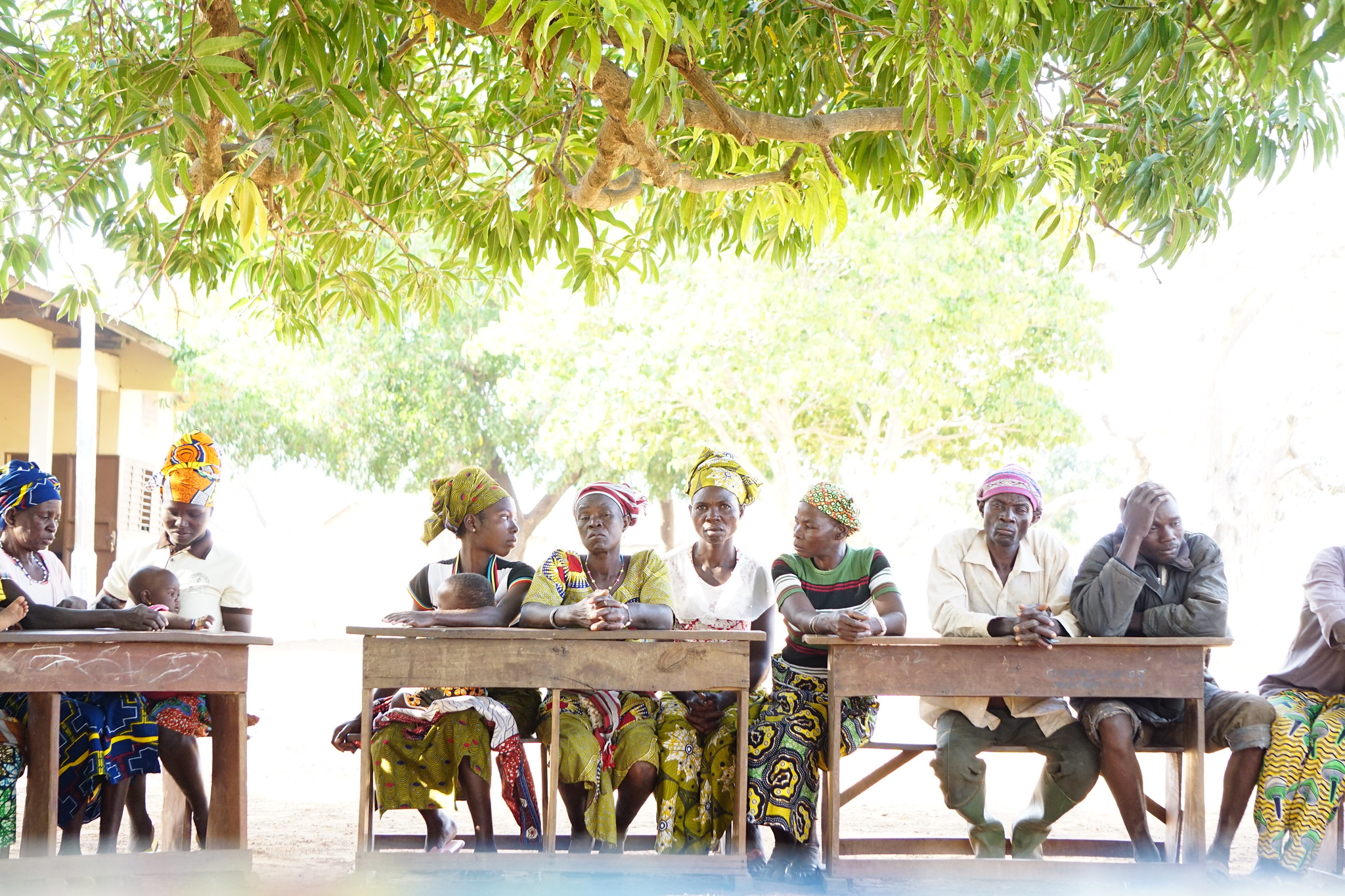Climate funds are learning how to keep projects running when conflict breaks out by being flexible and working closely with communities.
In recent years, fresh conflicts have erupted across the globe with alarming regularity, coinciding with a decade of record high temperatures.
While the wars in Eastern Europe and the Middle East tend to receive the bulk of global attention, there are many other conflicts that are equally severe and protracted. According to analysis from the Peace Research Institute Oslo, 59 conflicts were recorded in 2023, the highest number since the end of the Second World War.
Many people would assume that climate adaptation takes a back seat when confronted with conflict. But new research from the Adaptation Fund provides insights and firsthand experience of successful projects operating within fragile states and conflict-affected countries.
The fund has invested $1.2 billion across 180 projects around the world – and so it’s to be expected that some of these would fall within areas of potential conflict. A number of projects are within countries, such as Mali, where wars have raged for years, while others are in places where sporadic and unpredictable violence can suddenly break out.
Still others are in especially fragile areas, such as the Volta Basin in West Africa, which is highly vulnerable to devastating floods and droughts. Knowing how to quickly respond and adapt is crucial within these different contexts, researchers found.
The study highlights a number of key factors for improving the outcomes of projects in conflict zones: strengthening institutions, ensuring local ownership of finance, allowing for flexibility on climate funding, building strong partnerships and close monitoring are all seen as critical.
Mikko Ollikainen, head of the Adaptation Fund, commented last year that conflict-affected countries are “among the most vulnerable to the impacts of climate change and their needs for external assistance are high”.
He added that the fund’s research “reinforces the importance of strengthening institutions in fragile settings to deliver climate finance effectively, and building strong partnerships between governments, civil society and the private sector to ensure proper funding”.
Read the full story at Climate Home News here.



